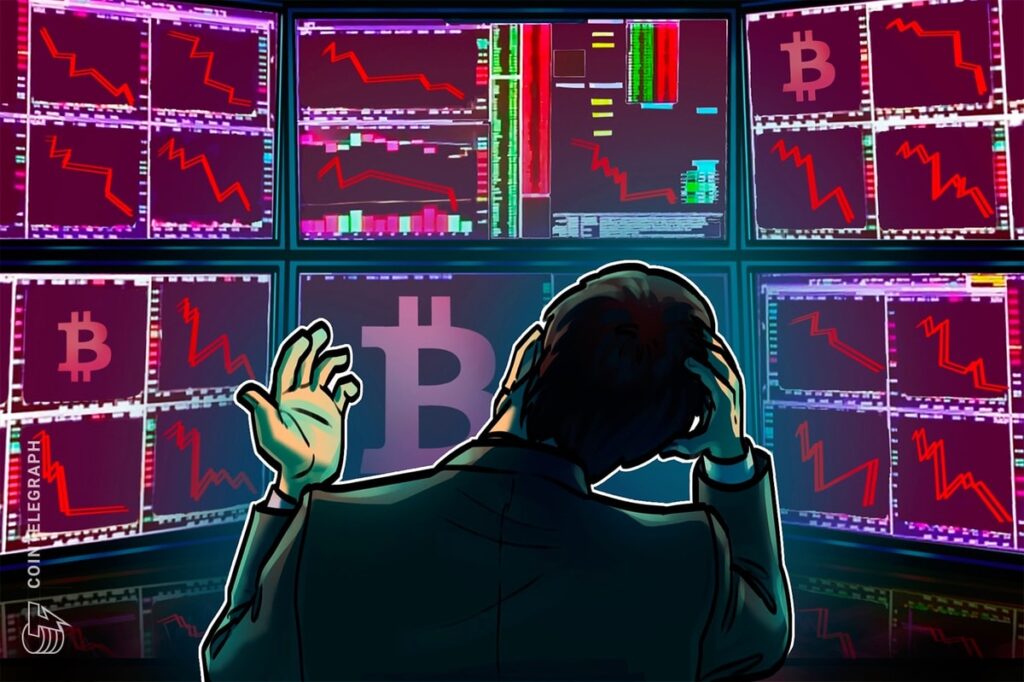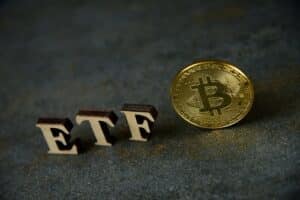‘Overoptimism’ Washes Bitcoin Traders As BTC Futures Turn ‘Neutral’

Between August 25th and August 27th, the price of Bitcoin (BTC) fell by 10.8% after briefly surpassing $65,000. Goldman Sachs' head of asset allocation explained in an August 28 interview with CNBC that the decline is linked to a possible recession in the United States and high optimism in the stock market.
Bitcoin will fall on the fear that investors are too optimistic
Although Bitcoin finally found support at $58,500, trader morale took a hit, as the long-term appetite gauge fell to a ten-month low. This indicator changed to neutral on August 28, but traders believe that the bulls need more time to restore their confidence, which may lead to further price corrections.
Goldman's Christian Muller Glissman said investors should view the August 5 global market crash triggered by the Bank of Japan's decision as a “warning.” “We're unfortunately back to the same problem we had a month ago,” Mueller-Glissman added in a CNBC interview. Basically, there is excessive optimism despite mixed macroeconomic data.
Some argue that a 10% price swing in two days is not unusual for Bitcoin, and recent historical data confirms that BTC volatility has increased, leading to many unexpected movements. However, this analysis looks at the impact of Bitcoin futures markets on leveraged positions.
Bitcoin/USD 20-Day Historical Volatility. Source: TradingView
The data shows that Bitcoin's annualized volatility increased by more than 65% earlier in August, a sharp increase from the 24% to 52% seen in the previous two months. To provide context, the S&P 500 index's volatility hit 27% in mid-August, its highest level since December 2022. However, as mentioned earlier, cryptocurrency traders tend to be overly optimistic and dependent on leveraged positions.
Professional traders should examine the BTC futures markets to assess the impact of Bitcoin falling below $60,000.
Bitcoin futures premiums have fallen as demand for stablecoins has stagnated
In isolated cases, monthly contracts trade 5% to 10% annual premiums and count for longer settlement periods. Any reading below this level is interpreted as bearish, as crypto traders tend to be optimistic by nature.
Bitcoin 1-month futures annual premium. Source: Laevitas.ch
Bitcoin futures premium fell below the 5% neutral threshold on August 27, hitting the lowest level since October 2023. After showing strength at the $58,500 support, bullish betting interest resumed, and the index rose to a healthy 6%. However, the impact was reflected in the reduction of the total open interest in Bitcoin futures, which was 4% from August 26, to the current 517,430 BTC, according to Coinglass data.
Forced liquidations led to $102 million in leveraged bitcoin lengths being terminated in 48 hours, which is minimal given the high price movement. By comparison, the August 5 crash resulted in the loss of $311 million in leveraged leverage over the same 48-hour window. So the recent drop to $57,920 would not be correct to say that it has changed the position of whales and arbitrage desks significantly, but it has made traders more apprehensive.
To ascertain whether the sentiment is isolated to Bitcoin futures markets, one must assess the broad appeal of cryptocurrencies. Typically, strong retail demand for cryptocurrencies in China causes stablecoins to trade at 2% or more premiums. On the contrary, the discount often reflects fear as traders are eager to exit the crypto market.
RELATED: Crypto Market Stuck In 5 Months As ‘Structurally Ordered Downtrend' Comes, Bitcoin's Strength Is Declining
USD Tether (USDT) peer-to-peer transactions with USD/CNY. Source: OKX
The USD Tether (USDT) premium in China improved slightly between August 26 and August 28, but remained neutral, nearing 0%. A discount from August 21 has been lifted, but there are no clear signs of renewed interest in China. In the end, Bitcoin traders seemed very disappointed at $59,000, but were not surprised that the $64,000 support did not hold.
This article is not intended for general information purposes and should not be construed as legal or investment advice. The views, ideas and opinions expressed herein are solely those of the author and do not necessarily represent the views and opinions of Cointelegraph.













